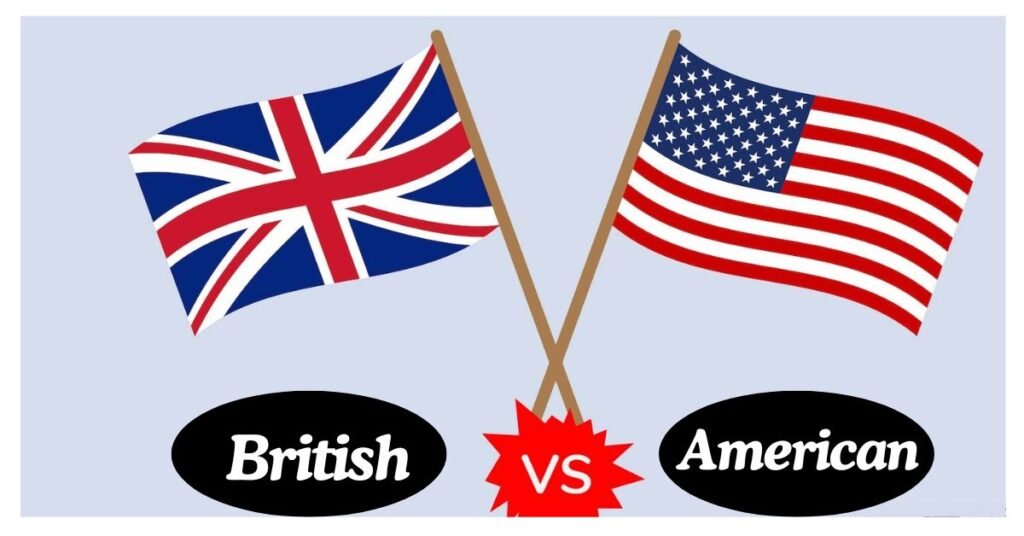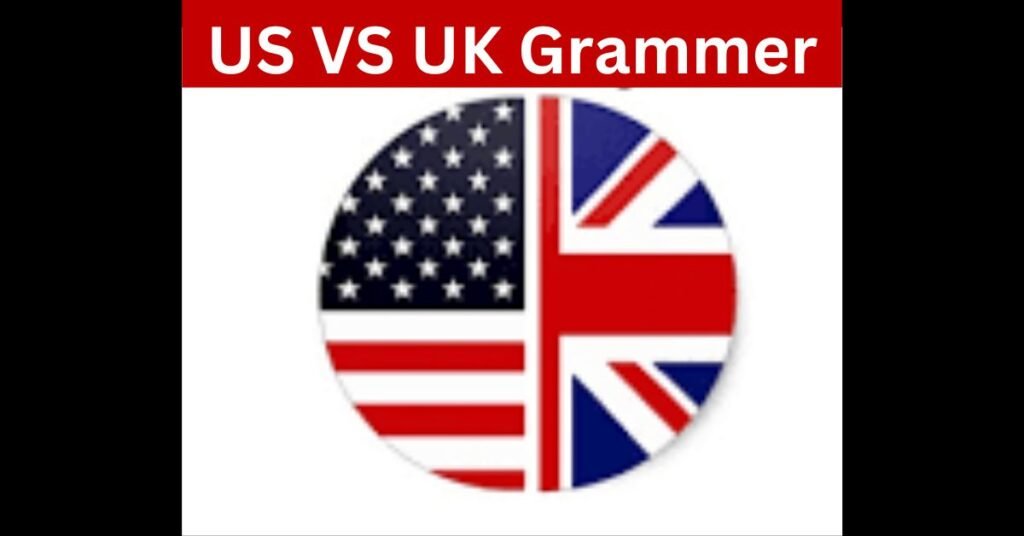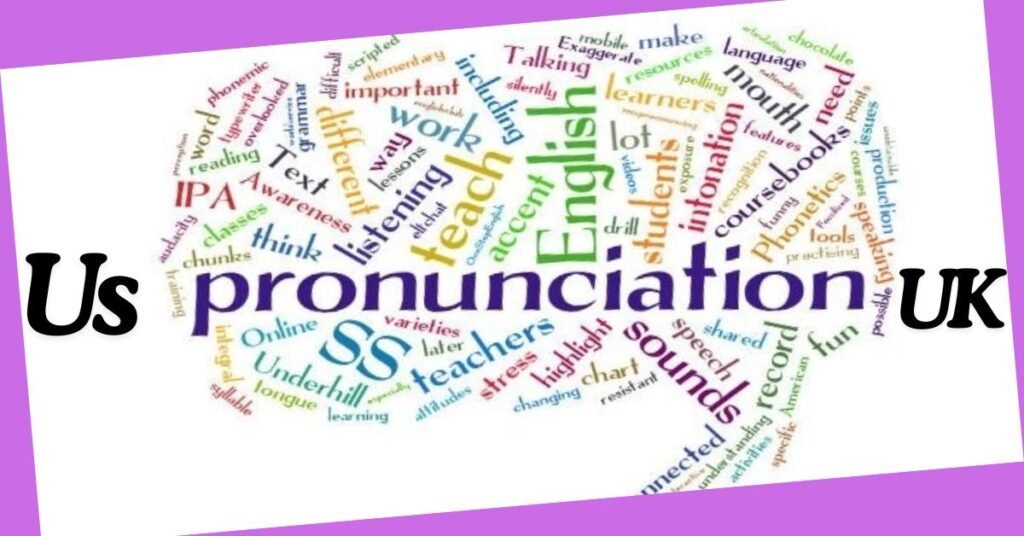Difference between US and UK English
Are you ready to dive into the Difference between US and UK English? Let’s go to start a beautiful journey of differences.

Bridging the Pond
The world of English can be a vast and dynamic landscape. While its core structure remains familiar, venturing across the Atlantic reveals fascinating variations in how the language is spoken and written. The differences between US and UK English, far from being a barrier, act as a bridge for understanding and appreciation. This guide delves into the distinct pronunciations, vocabularies, and grammatical nuances that set these dialects apart. By exploring these variations, you’ll not only become a more versatile communicator but also gain a deeper appreciation for the rich tapestry that is the English language.
Pronunciation: A Tale of Two Accents
The most noticeable divergence lies in pronunciation. Here’s a peek into the quirks of each dialect:
- The Great “R” Debate: Perhaps the most iconic difference is the treatment of the letter “r.” In British English (BrE), the “r” often disappears after vowels (think “caah” for “car”). Conversely, American English (AmE) proudly enunciates its “r”s (think “hard” for the same word).
- Vowel Variations: The “a” in words like “bath” and “dance” takes on a broader sound in BrE, while AmE keeps it flatter. Similarly, the “o” in “hot” can sound like “aw” in BrE, while AmE retains a shorter “o” sound.

Vocabulary: Words Across the Ocean
The Atlantic Ocean also serves as a vocabulary dividing line. Here are some common examples:
- Everyday Items: Across the pond, the trunk of your car becomes a “boot,” French fries morph into “chips,” and an apartment transforms into a “flat.”
- Verbs and Nouns: BrE speakers might “fancy a cuppa” (tea), while their American counterparts might “grab a coffee.” BrE uses “trousers” for pants, and “crisps” for potato chips.
Grammar: Subtle Nuances
Grammar presents a subtler battleground. While both dialects share the core structure, a few key points set them apart:
- Collective Nouns: BrE allows collective nouns like “government” or “team” to be treated as singular or plural (“The government is…” or “The government are…”). AmE leans towards the singular construction.
- Past Participles: Verbs like “get” have a slight difference. BrE often uses “got” for the past participle (“I’ve got it”), while AmE might use “gotten” (“I’ve gotten it”).
- Prepositions: BrE might use “at” for both time and place (“meeting at the office at 2 pm”), while AmE often uses “on” for time (“meeting on Monday”) and “in” for place (“meeting in the office”).

Spelling: Variations on a Theme
Even spelling reflects the historical divergence. Here are some common examples:
- The Color Conundrum: Notice the “u” in “colour” and “flavour” (BrE) versus the simplified “color” and “flavor” (AmE).
- Double Trouble: BrE embraces double consonants in words like “travelled” and “cancelled,” while AmE streamlines them to “traveled” and “canceled.”
Beyond the Differences: A World of Mutual Intelligibility
Despite these variations, US and UK English remain remarkably close. The core vocabulary and grammar are largely interchangeable, ensuring smooth communication between native speakers. This mutual intelligibility is a testament to the language’s shared roots and ongoing evolution.

Top Tips for Transatlantic Communication
- Know Your Audience: When writing or speaking, consider your target audience. Tailoring your language can enhance clarity and avoid confusion.
- Embrace Clarity: If unsure, opt for simpler, universally understood words and grammar.
- Dictionaries are Your Friend: Consult online dictionaries like Merriam-Webster (US) and Oxford English Dictionary (UK) to verify spellings and usage.
Conclusion: A Celebration of Language
The delightful dance between US and UK English is a testament to the vibrancy of language. It’s a reminder that communication isn’t a rigid code, but a living, breathing entity that adapts and evolves. By understanding the nuances of these dialects, you become a more empowered communicator, capable of navigating the global stage with confidence. Whether you’re crafting a business email or engaging in casual conversation, appreciating the differences between US and UK English allows you to tailor your message for maximum impact. So, delve deeper, explore the quirks, and celebrate the rich tapestry woven by these two fascinating variations of a beloved language.










It?¦s truly a nice and helpful piece of information. I am satisfied that you simply shared this useful info with us. Please keep us informed like this. Thank you for sharing.
Do you mind if I quote a few of your articles as long as I provide credit and sources back to your webpage? My blog is in the very same area of interest as yours and my visitors would genuinely benefit from some of the information you present here. Please let me know if this okay with you. Many thanks!
Write more, thats all I have to say. Literally, it seems as though you relied on the video to make your point. You obviously know what youre talking about, why throw away your intelligence on just posting videos to your weblog when you could be giving us something informative to read?